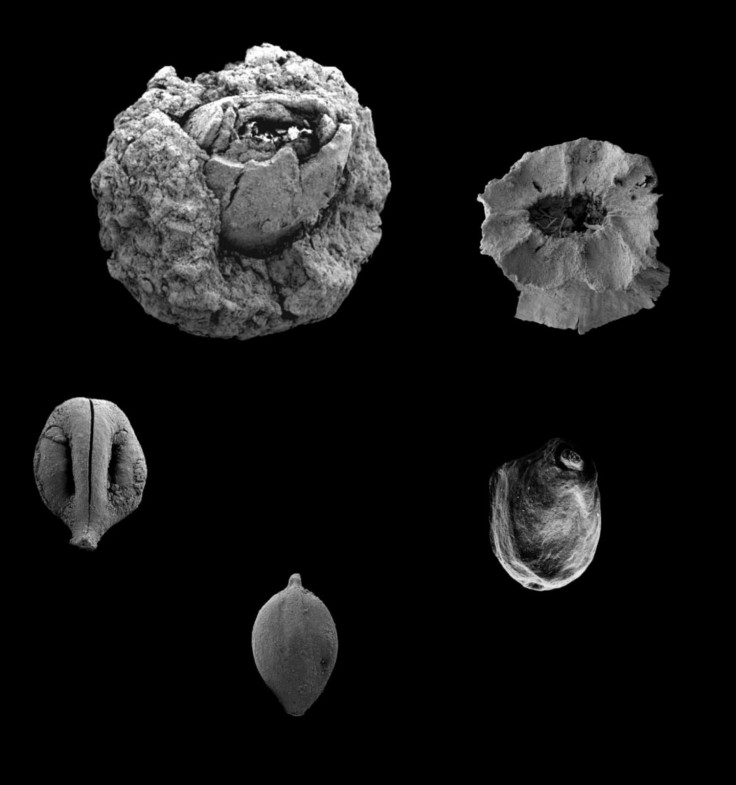The Real Paleo Diet: Our Ancestors Ate Seasonal Plants With Their Meat

Our ancestors were eating locally before it was cool.
Archaeologists and other researchers have found and studied the remains of thousands of edible plants at a site in Israel that dates back to the Stone Age, and learned more about what filled up our ancestors’ bellies and about human evolution. According to a study in the Proceedings of the National Academy of Sciences, some of the remains were up to 780,000 years old and included all sorts of nuts, fruits, seeds and vegetables. Those foods were balanced with meat from both water and land animals.
Read: Health Lessons from Modern Hunter-Gatherers
Those findings “reflect a varied plant diet” that changed with the seasons and prove the “hominins’ environmental knowledge and use of fire in food processing,” it says. “Our results change previous notions of paleo diet and shed light on hominin abilities to adjust to new environments and exploit different flora, facilitating population diffusion, survival, and colonization beyond Africa.”
In a statement, the Hebrew University of Jerusalem describes the specific discovery site in northern Israel as “on the shoreline of Lake Hula in the northern Jordan valley.” It lies within a geographic area called the Levantine Corridor, a land strip between the Mediterranean Sea and desert land through which human ancestors dispersed from Africa to Eurasia. For that reason, the study says information about diet is key to understanding how those peoples survived during their migration and shifted from an African-based diet to a Eurasian one. The 55 different species of plant food, though some of the remains were quite small, “have been preserved for hundreds of thousands of years thanks to the damp conditions in the vicinity of the site,” according to the Hebrew University. In the sediment layers there, archaeologists also found stone tools and animal fossils.
“We found more than 10 species that existed here in prehistoric times but no longer today, such as two types of water nuts, from which seven were edible,” Yoel Melamed, of Bar Ilan University, said in the statement.
The discovery of the use of fire to prepare the food is also significant, as it would have made some of the plants edible — whereas they may not have been edible when raw — and thereby broadened a diet.
The findings may change scientists’ ideas about what some of our ancestors ate as part of their “Paleo diet,” which leaned heavily toward protein because animal skeletons have been found at other archaeological sites.
Source: Melamed Y, Kislev ME, Geffen E, Lev-Yadun S and Goren-Inbar N. The plant component of an Acheulian diet at Gesher Benot Ya‘aqov, Israel. PNAS. 2016.
See also:
Published by Medicaldaily.com



























